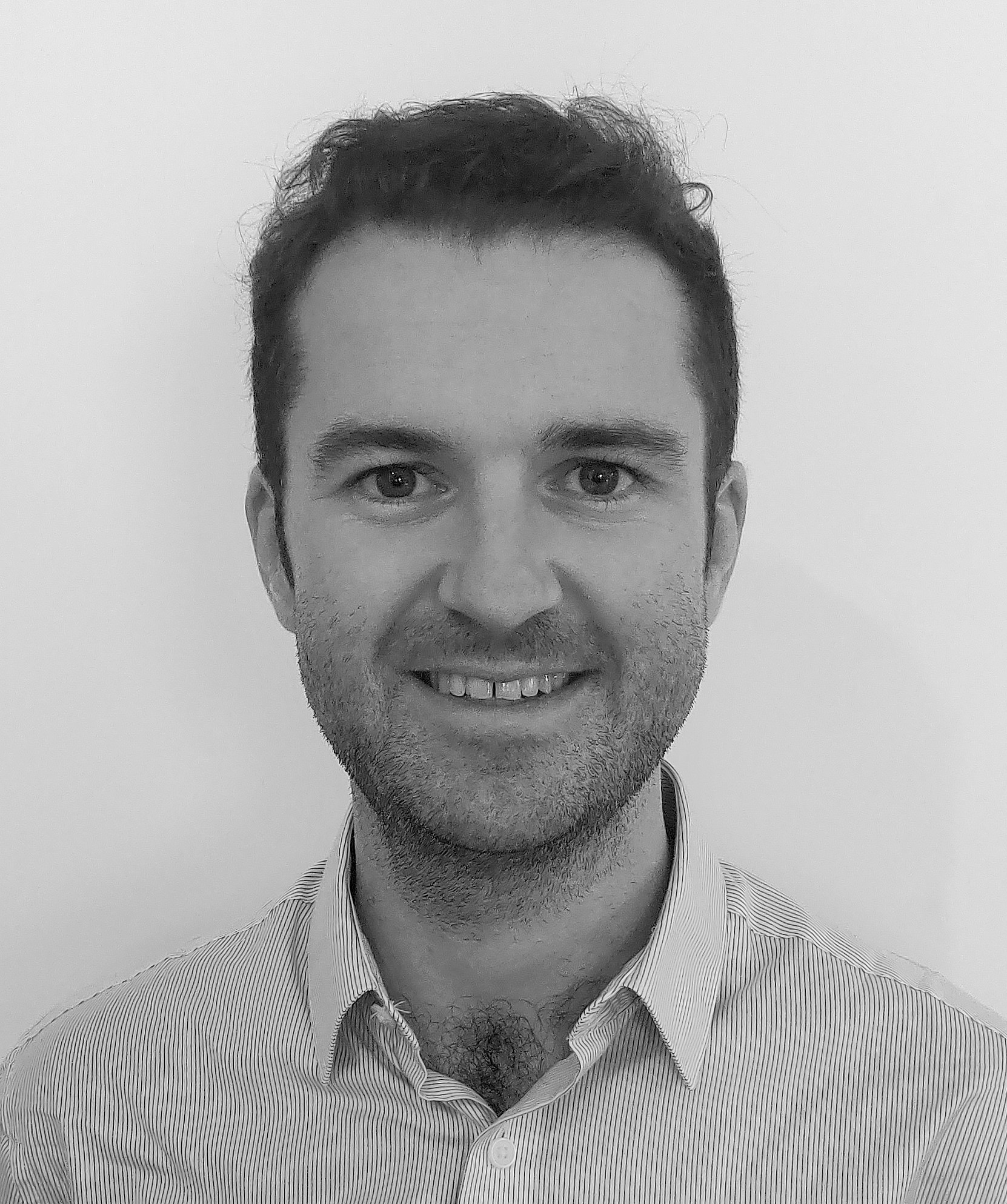PhD Graduation
In February 2020, I completed my PhD thesis. My PhD study was on mathematical modelling of continuous steel casting. My thesis, entitled Free-boundary problems in the mould region of the continuous steel casting process, is available for downlaod here .
Abstract
Continuous casting is an industrial process where molten metal is solidified into products, such as bars, billets, blooms and slabs. The occurrence of oscillation marks and air gaps in steel casting are casting phenomena that can be modelled as free-boundary problems.
Oscillation marks are small, undesirable defects that occur on the surface of continuously cast steel. These marks are, in general, evenly spaced indentations on the steel surface that are no more than a few millimetres deep. We use mathematical modelling and asymptotic reductions to develop a model which helps further our understanding of oscillation-mark formation and the factors that influence their depth. A model is developed and non-dimensionalised before simplifications are made on the basis of the smallness of the dimensionless parameters. The model is compared with a previous model and with experimentally measured oscillation marks. The model is extended and an unexpected hysteresis-like phenomenon is observed.
During the continuous casting process, the solidified steel can sever its contact with the mould wall due to thermal contraction, allowing air to infiltrate the space vacated by the steel. This causes a significant reduction in the heat transfer from the mould due to the thermally insulating properties of air. An asymptotic, thermomechanical model is developed. The model is described and non-dimensionalised and reductions are made. The reduced model is solved using numerical methods. Finally, the model is compared to a previous finite element model and experimental measurements.
